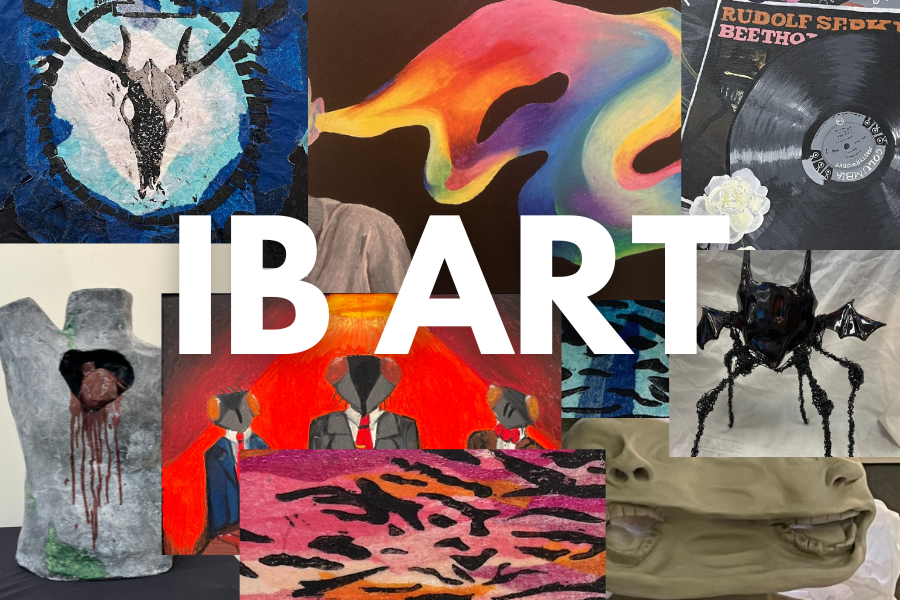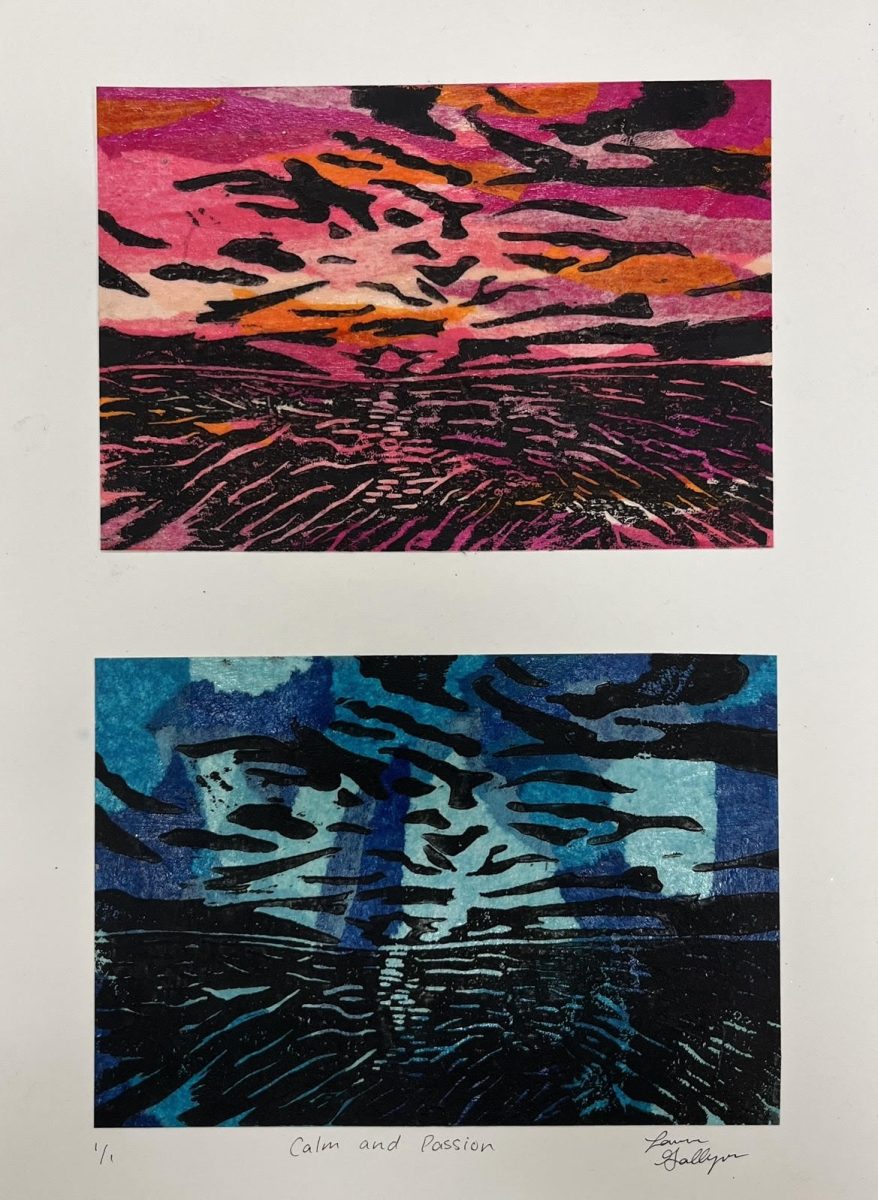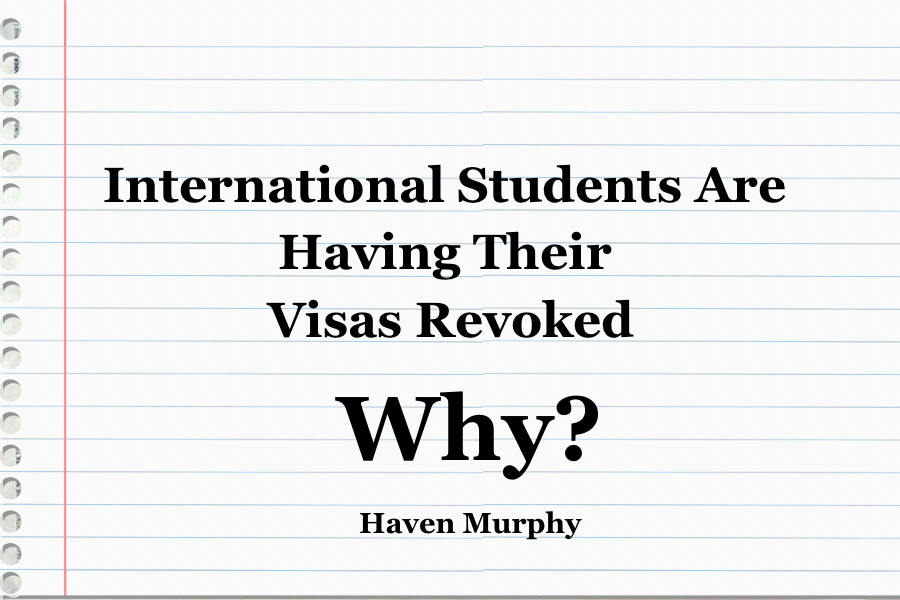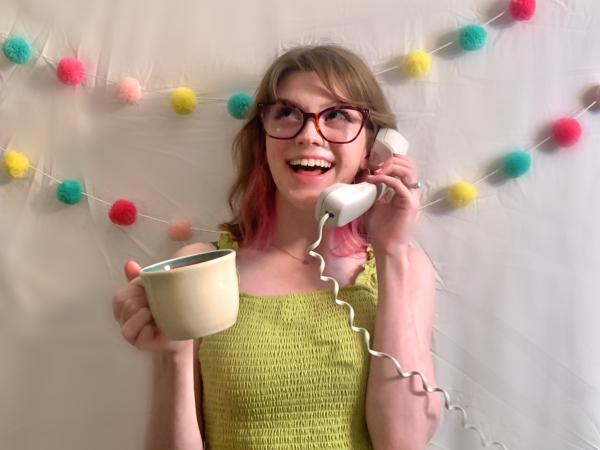As the first quarter of the school year comes to a close, students are settled into their classes and getting back into their rhythm. For the International Baccalaureate (IB) art class students, the first quarter is crucial for self-discovery and exploration. These talented artists have spent the past couple of months devoting themselves to their work. I had the pleasure of sitting down with some of these students to discuss the value of a more rigorous art class and gain insight into what a college-level art class looks like.
When asked about what aspects of the IB art program initially sparked interest, junior student Myah Almonte said, “I was interested because I felt like it was a necessary stepping stone if I wanted to pursue art. So since I knew it was kind of like the highest art [class at Adams], I was like, well, I should by default, go for it. Especially because I’m already pretty good at art.” All interviewees agreed on what they found the most interesting about IB art: “I think I’ve noticed that there’s a lot of freedom. Like, you’re not really tied down to doing specific media and themes,” said Almonte. “It’s very independent and I like that.”
Hearing about the students’ ideas for future projects showed how much creative freedom and control students have in IB art. When discussing the students’ plans, senior Lauren Gallegos said she had already solidified her exhibit theme: how music affects people’s mental, emotional and physical interactions. “I’m super excited to have our final exhibit at the end of the year,” she said. “My next project is going to be a human-sized mural made out of CDs.”
As for the senior IB art students’ plans after college, I found it interesting how much of an impact the class had on shaping their career paths, especially with only one quarter into the school year. Jacob Crabtree agreed that IB art definitely redirected his career goals: “before I got into the class, I used to love doing art. And then once COVID happened, I kind of stopped doing it for a while and I never really got back in […] for a while, I just didn’t really know what I wanted to do with my future. I was thinking about baking and all that stuff, and [at one point] I wasn’t even thinking about going to college,” Crabtree said. “And then I got into IB art and I am [now] planning on going to either IU Indy or IUSB for a Bachelor in Fine Arts.”
Even students who do not plan on pursuing a career in the arts agreed that IB art has a long-lasting impact. When asked if she wanted to go into art in the future, Gallegos said, “honestly, not really, but I feel like it’s just something that has taught me how to express myself and communicate with other people.”
Though IB art primarily focuses on creating visuals, it is also a college-level course, meaning there is intense coursework beyond what a traditional art class offers. All interviewees agreed that the writing portion of projects tends to be challenging. Senior Camille Tamayo says, “you have to do a lot of research and make sure you keep track of all of your sources [for] pictures you’re taking. We have a comparative study where we have to compare three artists and that is a very [laborious] part because you have to do a lot of writing and research for it.” I found it very interesting that the IB art class was more of an actual class course than an extracurricular.
Even with the challenging coursework from IB art, it was clear that each interviewee felt they had a purpose in the class. When asked what art meant to the students as a whole, their answers were full of passion and self-expression:
“It’s really a way of expressing emotions,” said Crabtree. “I never realized that I’m expressing my emotions in my art until I look back years later and be like, ‘oh, that’s what I was going through,’ and that was how I expressed that. I may not have seen it or done it intentionally, but it was a way of expressing my emotions.”
Gallegos said, “I love art because it gives people a way of connecting to other people and their emotions, like [in the same way] language inhibits how the world is able to communicate. But I think art just unites everyone together and brings everyone closer.”
“To me, I think it’s just expressing something, expressing ideas, expressing yourself… it’s just one big form of expression,” said Almonte.
“For me, it represents a lot of creativity and self-expression because anyone can do art,” Tamayo said. “And there aren’t any limits with art […] it’s very [widespread] because it’s in a lot of things: math is in art, science and architecture.”
Through my interviews with some of the IB art students, it is apparent that the students are ready to utilize their incredible talents to pursue future projects and themes. To students, IB art is more than just a class: it has the potential to not only enhance students’ creativity, but also shape their futures.










